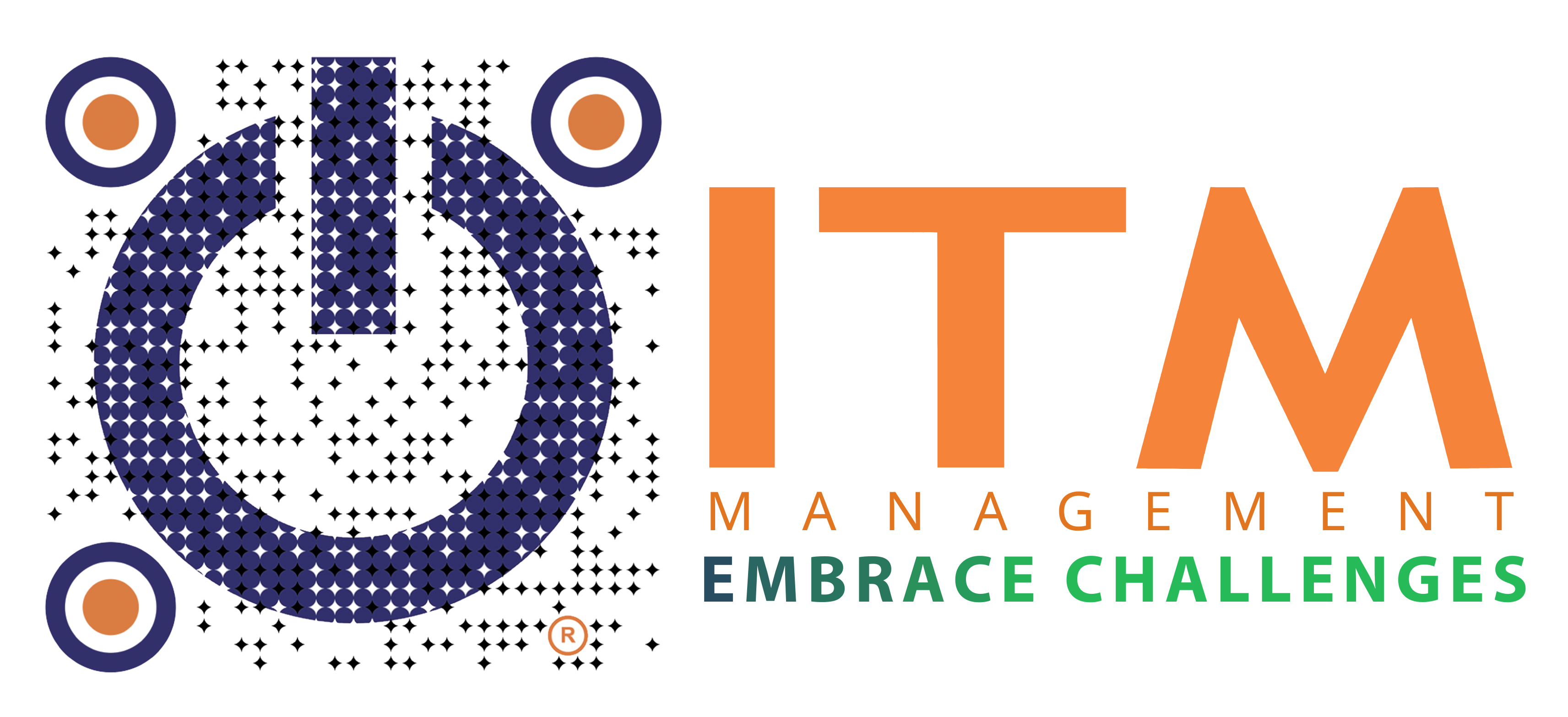In 2025, cyber threats are more sophisticated than ever and email is still one of the top ways attackers break into businesses with about 3.4 billion phishing emails are sent daily, and most of cyberattacks begin with email. In 2024 alone, according to the FBI Internet Crime Complaint Center (IC3), more than $6.3 billion was transferred as part of Business Email Compromise (BEC) scams. This isn’t just a spam problem. It’s a critical business risk.
Why Email is the Perfect Target for Cybercriminals
Email is the digital front door of your business. It’s the channel your teams use for daily operations collaborating internally, managing suppliers, sending contracts, exchanging invoices, and responding to customer requests.
But with this convenience comes a dangerous tradeoff: openness.
And cybercriminals know it. That’s why email is not just a communication tool it’s also a high-value attack vector.
Hackers know that email systems are:
- Ubiquitous: Every employee has an inbox.
Every employee, from the intern to the CEO, uses email. That means attackers don’t need to look for a vulnerable server or breach a firewall they simply target a person.
-
- Volume equals opportunity: With hundreds of messages flying in and out of your organization daily, attackers can blend in using social engineering or look-alike domains.
-
- Shadow IT risk: Some employees may use personal or unauthorized email tools, bypassing security policies altogether.
-
- Supply chain exploitation: If a vendor or partner’s email is compromised, the attacker can use that access to reach your internal contacts.
- Human-centric: Mistakes happen clicking, replying, downloading.
Email is a human communication tool. And unfortunately, humans are fallible.
-
- Phishing emails mimic real brands, suppliers, or even executives.
-
- Business Email Compromise (BEC) attacks impersonate CEOs or CFOs, requesting urgent wire transfers or sensitive documents.
-
- Social engineering tricks employees into disclosing credentials or downloading malware often without realizing it.
-
- Even well-trained staff can be duped by urgency, familiarity, or emotional manipulation (e.g., “You missed a delivery” or “Payroll issue click here”).
- Often underprotected: Legacy systems or basic filters aren’t enough
Many businesses rely solely on built-in filters from Microsoft 365, Gmail, or outdated antivirus platforms. These solutions:
-
- Detect only known threats (based on signatures)
-
- Struggle to stop zero-day attacks or AI-generated phishing
-
- Can’t accurately detect domain spoofing or language-based impersonation
-
- Don’t provide real-time behavioral analysis or attack path correlation
From ransomware delivery to credential theft to data exfiltration, nearly every type of cyberattack begins with an email. Attackers don’t need a brute-force attack. They just need one employee to click.
When successful, email attacks allow lateral movement giving threat actors access to file shares, cloud storage, financial platforms, and sensitive IP.
That’s why securing email is no longer just an IT task it’s a business-critical strategy.
Don’t Assume You’re Safe with Microsoft or Google – Default Filters Aren’t Enough
Many assume Microsoft 365 or Gmail are enough, but these tools mainly block basic spam or known blacklisted domains. Today’s threats are far more advanced, using AI-driven evasion tactics and social engineering, utilizing sophisticated techniques that make traditional protection nearly undetectable.
The Danger is Right Inside Your Inbox
Imagine running a business sending email to close deals, approve transactions, or share vital reports. Email is essential to daily operations until a hacker turns it into a trap.
Email is a hacker’s favourite gateway. It’s easy to breach and bypass basic defences like firewalls. They don’t need to “break the door” they simply trick your employees with emails that look real. Sophisticated phishing, spoofing, or executive impersonation attacks exploits human behavior, not just system vulnerabilities. From fake invoices to lookalike login pages, or emails posing as your CFO the goal is always the same: breach. your organization through your people.
Common Email Attack Types
| Attack Type | Description |
| BEC (Business Email Compromise) | Hackers impersonate or gain control of internal email accounts to send fake request |
| ATO (Account Takeover) | Attackers use a legitimate account to send malicious internal emails |
| APT (Advanced Persistent Threat) | Long-tern, stealthy infiltration campaigns across your systems |
| Zero-Day Attacks | Exploits targeting unpatched vulnerabilties |
| Malware via Email Attachments | Files (.pdf, .zip, .doc) with embedded malicious code that activates upon opening |
Compliance Isn’t Enough – Awareness is Key
Many organizations reply on GDPR, HIAA, or ISO/IEC compliance to secure email but real defense starts with employee awareness.
Despite heavy investments in technology, most breaches stem from human error: sending the wrong file, clicking a malicious link, or sharing sensitive data with the wrong recipient. Worse, many of these incidents go unreported, increasing risk exposure.
With both external threats (hackers) and internal vulnerabilities (employees), email security demands a blend of technology and a strong culture of digital awareness.
Each employee must be equipped to verify links, inspect attachments, and pause before clicking or sending. One careless moment can compromise an entire system.
What Do Businesses Need Right Now?
A balanced approach: blending employee awareness, smart technology, and robust processes.
Immediate Actions:
- Next-level training: Go beyond phishing detection – educate staff on how to avoid common errors (wrong recipient, wrong life, misused CC/BCC).
- Clear, explainable policies: Help employees understand the “why” behind each rule, so they feel responsible not just compliant.
- Fast reporting channels: Allow staff to report suspicious emails even if they’ve already clicked.
- Strong, unique passwords: Combine letters, numbers, symbols. Change every 6 months. No reuse.
- Enable multi-factor authentification (MFA): A simple phone verification step can block most breaches.
- Keep software updated: Regularly update email clients, browsers, and antivirus software.
- Incident response plan: Backups, system recovery steps, and client notification strategies.
- Invest in smart email security tech: Automated scanning, link analysis, and real-time threat detection.
Instant, Proactive Protection from ITM
ITM Email Security: A next-generation platform that blocks advanced threats before they reach your inbox.
| Feature | Benefit |
| Blocks phishing, spoofing, malware, APT | Complete protection |
| Supports Microsoft 365, Google Workspace, internal mail servers | Cross-platform integration |
| Detects malicious URLs, fake visuals using AI & ML | Real-time alerts |
| Scans 100% of attachments and embedded links | Comprehensive detection |
| Average response time < 30 seconds | Real-time defense |
| Unified management dashboard | Easy oversight, tracking, backup, recovery |
| CPU-level malware behavior analysis | Detects deep threat activity |
Don’t Wait Until It’s Too Late – Email is Your Digital Front Door
You wouldn’t leave your office door wide open overnight so why leave your inbox exposed?
We are sure that after reading this article, you’ ll want to know if your email provider truly keeps your data secures. With ITM, you can be sure it does.
- Detailed vulnerability & exposure report
- Consultation tailored to your budget and business scale








